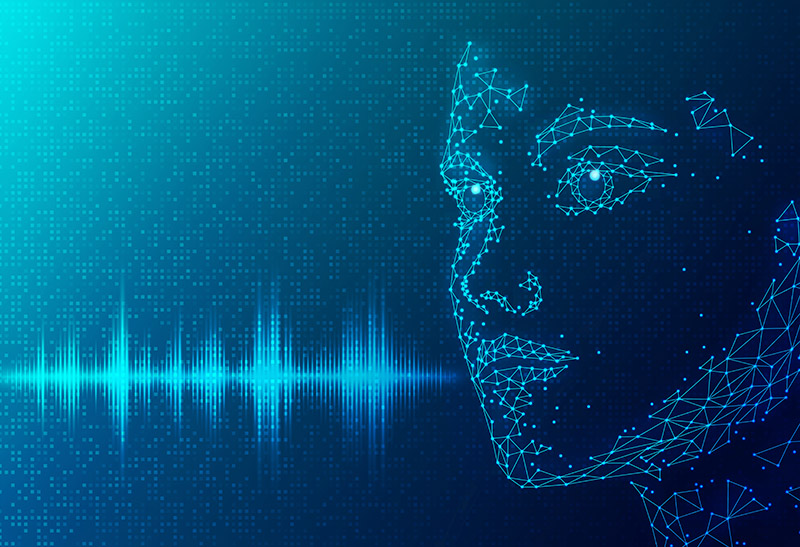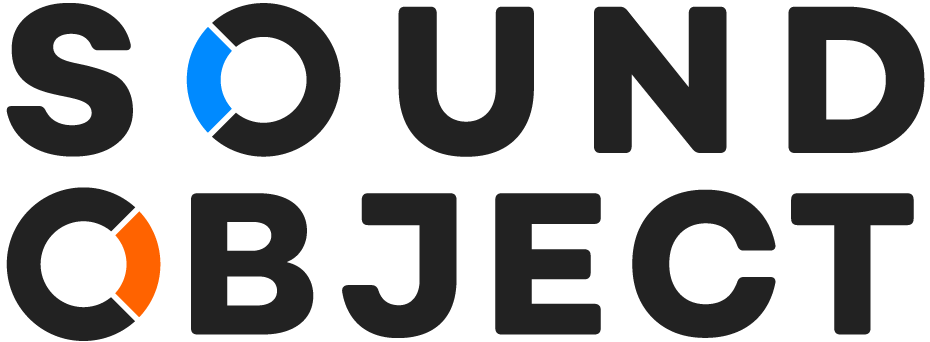Unleashing the power of Artificial Intelligence for sonic branding
In today’s hyper-connected world, businesses recognize the importance of brand identity in establishing a strong market presence. Visual elements like logos and color schemes have long been integral to branding strategies. However, an often-underutilized tool in the branding arsenal is audio. The strategic use of sound can evoke emotions, enhance brand recall, and create a unique sensory experience for consumers.
With the rise of artificial intelligence (AI) technology, sonic branding has entered a new era of optimization and customization. In this article, we explore the potential of AI in optimizing audio branding, its benefits, and the techniques involved.
1. Analyzing brand values and target audience
AI can play a pivotal role in optimizing sonic branding by thoroughly understanding a brand’s values and target audience. Machine learning algorithms can analyze vast amounts of data, such as consumer behavior, market trends, and competitor analysis, to identify the audio elements that align with the brand’s personality. By deciphering the emotional and psychological impact of different sounds on the target audience, AI can help create audio branding strategies that resonate with consumers.
2. Soundscape composition and customization
AI-powered tools can assist in the composition and customization of soundscapes, enabling brands to create unique and memorable sonic identities. Machine learning algorithms can analyze large libraries of audio samples, detecting patterns and similarities to identify the sonic elements that best represent the brand. By considering factors like tempo, rhythm, instrumentation, and tonality, AI can generate audio signatures that embody the brand’s core values and appeal to the target audience.

3. Adaptive audio branding
AI offers the potential for adaptive audio branding, allowing brands to dynamically adjust their audio assets based on contextual factors. By utilizing real-time data and machine learning algorithms, brands can create personalized audio experiences for individual consumers. For example, an e-commerce website can generate unique sound cues based on a customer’s browsing behavior, enhancing engagement and building a stronger brand-consumer relationship.
4. Voice and sonic logos
AI-powered voice assistants have become ubiquitous, and brands can leverage this technology to optimize sonic branding. Voice and sonic logos, created using AI algorithms, can help build strong audio associations and enhance brand recognition. By employing machine learning techniques, brands can craft voice and sonic logos that are unique, consistent, and align with the brand’s values, thus increasing brand recall and fostering a deeper connection with consumers.

5. Sentiment analysis and consumer feedback
AI’s natural language processing capabilities enable sentiment analysis of consumer feedback, including social media posts, reviews, and customer support interactions. By analyzing textual data, AI can gauge how consumers perceive a brand’s audio assets and provide actionable insights. This allows brands to optimize their audio branding strategy by identifying areas for improvement, understanding consumer preferences, and making data-driven decisions.
Conclusion
In the realm of sonic branding, artificial intelligence presents exciting opportunities for optimization. By leveraging AI’s capabilities in analyzing brand values, composing soundscapes, creating adaptive audio experiences, crafting voice and sonic logos, and analyzing consumer sentiment, brands can enhance their audio identities and strengthen their overall brand image. With the fusion of AI and sonic branding, businesses can create immersive, memorable, and emotionally resonant experiences for their consumers, fostering loyalty and differentiation in an increasingly competitive market.
